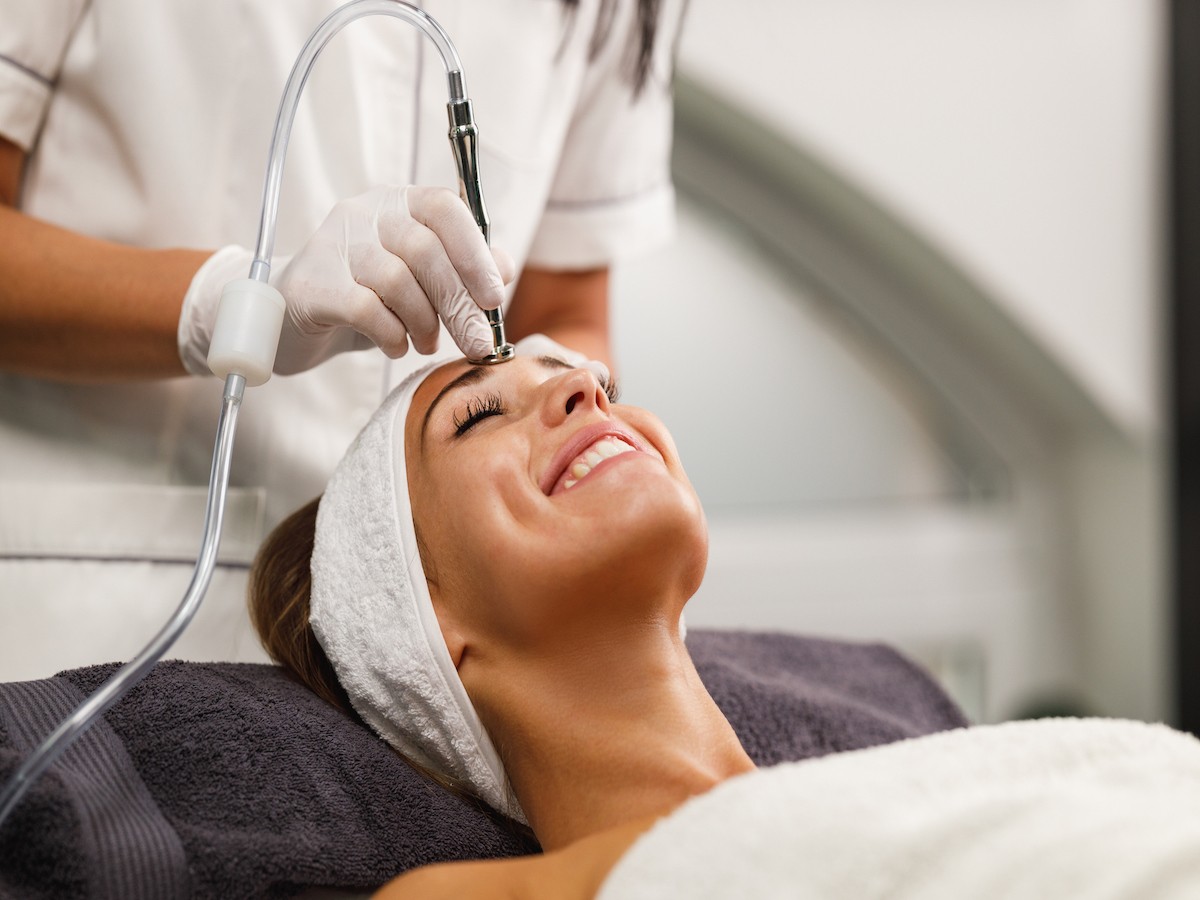About Brown Spots
Brown spots, also known as age spots, occur when the top layer of skin accumulates more pigment, creating the appearance of large freckles. These spots can appear individually or in clusters. While some people have a hereditary tendency to develop age spots, they can also appear at a young age, even during childhood. However, they are most common in older adults, particularly those with extensive sun exposure.
CAUSES
Brown spots, or age spots, form due to an overproduction of melanin, the pigment responsible for skin color. Factors contributing to this overproduction include:
- Prolonged exposure to ultraviolet (UV) light from the sun or tanning beds.
- Aging, which can lead to changes in skin cell production and pigment distribution.
- Genetic predisposition, which makes some individuals more prone to developing brown spots.
RISK FACTORS
Certain factors increase the likelihood of developing brown spots:
- Age: Older adults are more susceptible due to cumulative sun exposure and skin aging.
- Sun Exposure: Frequent and prolonged exposure to the sun’s UV rays.
- Skin Type: People with fair skin are more likely to develop brown spots.
- Genetics: A family history of brown spots can increase risk.
- Use of Tanning Beds: Artificial UV light can also contribute to the development of brown spots.
SYMPTOMS
Brown spots are characterized by:
- Flat, oval areas of increased pigmentation.
- Spots that are tan, brown, or black.
- Typically appearing on sun-exposed areas like the face, hands, shoulders, and arms.
- Sizes ranging from small freckles to larger spots.
- Usually painless and not associated with any other symptoms.
DIAGNOSIS
Diagnosis of brown spots involves:
- Visual Examination: A healthcare provider can often diagnose brown spots by examining the skin.
- Dermatoscope: A specialized tool that magnifies the skin, allowing for closer inspection of the spots.
- Biopsy: In rare cases, a small sample of the spot may be taken and analyzed in a laboratory to rule out other conditions, such as skin cancer.
Visit Virginia Dermatology & Skin Cancer Center
Our team provides thoughtful, expert care for all your general, surgical and cosmetic dermatological needs. We are proud to offer the most advanced dermatological services in Norfolk, Suffolk, Newport News, and surrounding areas.
Source: Mayo Clinic


